For many consumers, teeth whitening promises brighter smiles—but for manufacturers, Tooth Sensitivity and Enamel Erosion are potential side effects that require serious attention. As more users report discomfort or sensitivity after using whitening products, industry players must consider: is enamel damage an inevitable cost of whitening technology, or can smarter design and formulation reduce these risks?
A common complaint among whitening product users is Tooth Sensitivity, especially after repeated or intensive use. This reaction often stems from the action of peroxide-based gels, which penetrate the enamel layer to bleach intrinsic stains. While effective, this process can temporarily expose dentin tubules—the microscopic channels that connect to the tooth nerve—causing discomfort when exposed to heat, cold, or pressure.
For manufacturers, understanding this mechanism is crucial. Over-concentration or prolonged application times heighten sensitivity risks, making precise formulation and user instruction essential to product safety.
Enamel Erosion exacerbates the problem of Tooth Sensitivity. Enamel, the hardest substance in the human body, acts as the tooth’s protective shield. However, excessive exposure to acidic gels or abrasive whitening agents gradually wears this barrier away, reducing its thickness and strength.
Once enamel is compromised:
Thus, erosion transforms a temporary side effect into a long-term oral health concern. Company web:https://www.powsmart.com/product/electric-toothbrush/
When Tooth Sensitivity and Enamel Erosion are overlooked in product development, B2B brands face:
Therefore, device and gel designers cannot treat these side effects as minor.
Manufacturers have technical tools to minimize Tooth Sensitivity and Enamel Erosion:
These strategies not only protect the user but also differentiate high-quality B2B products in a crowded market.
Even the best-designed product can fail if end-users misuse it. Manufacturers must provide:
Clear instructions build user confidence and reduce customer service issues.
In conclusion, Tooth Sensitivity and Enamel Erosion are not inevitable side effects—they are risks that can be minimized with careful formulation, smart design, and responsible user education. For manufacturers, ignoring these factors can damage both the product’s market success and the brand’s long-term credibility.
By investing in safer, enamel-friendly solutions, B2B brands not only safeguard consumers but also gain a competitive advantage in the whitening device industry.Contact us
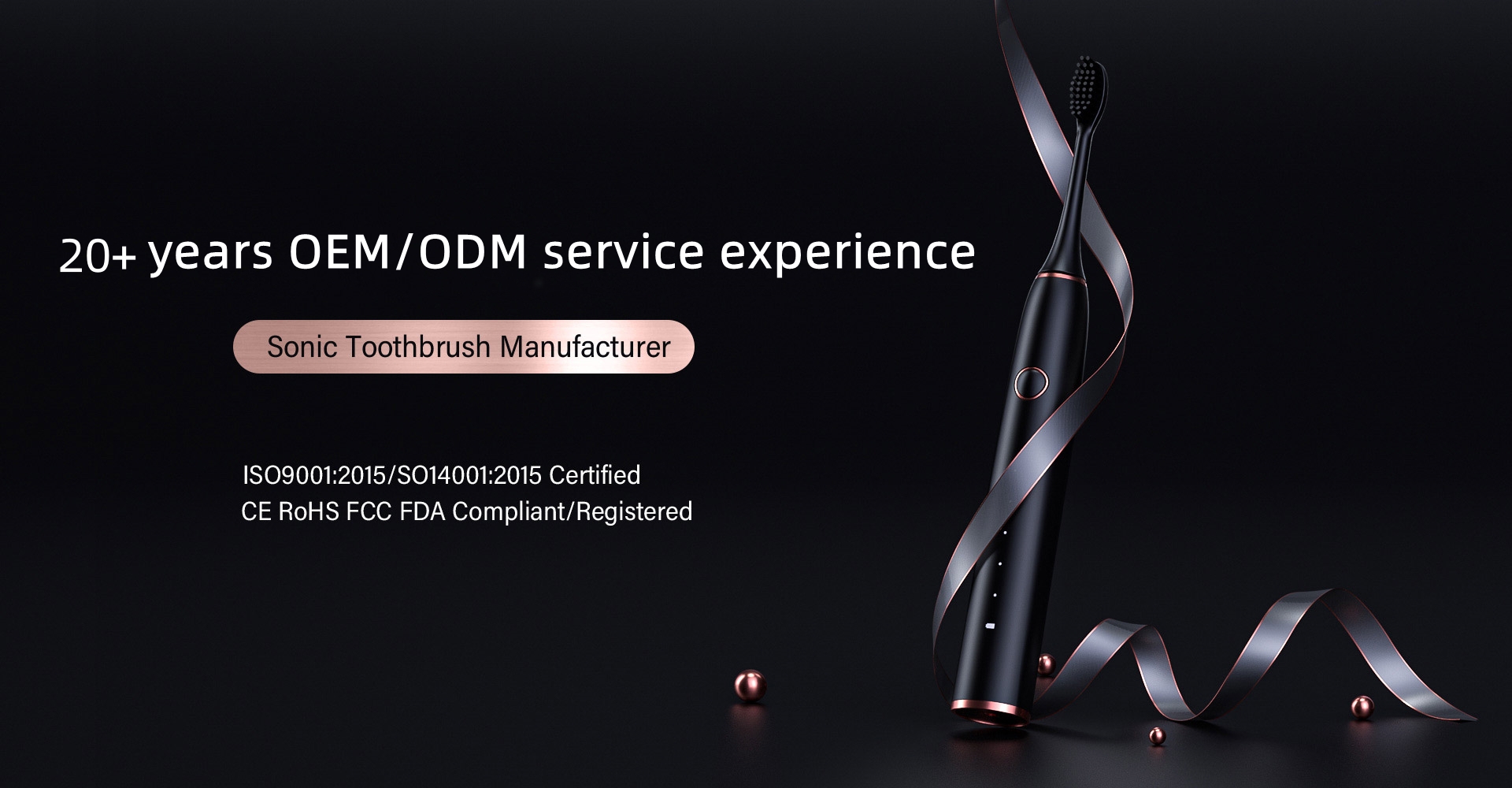
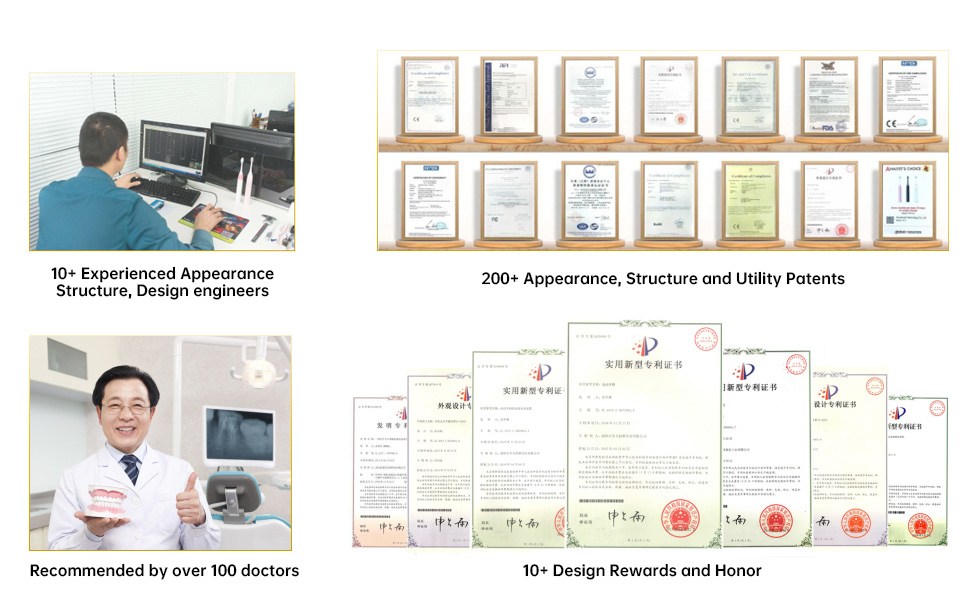
Does Wireless Charging Toothbrush IPX7 Release Material Toxicity?
Can Smart Timer Improve Brushing Compliance?
Bristle Hardening Inducing Gum Recession – Brushing or Destroying?
.jpg)
sonic electric toothbrush Phoenix

Four Core Factors Brand Owners Must Pay Attention to When Choosing Competitive Water Flossers
-2-scaled.png)
Does 3D Rotation Oscillation Brush Trigger Sensor Failure?
Does Noise Increase Signal Vibration Inconsistency?
Gum Bleeding from Enamel Scratches – Time to Panic?
Can You Tolerate Brush Head Wobble with Battery Swelling?
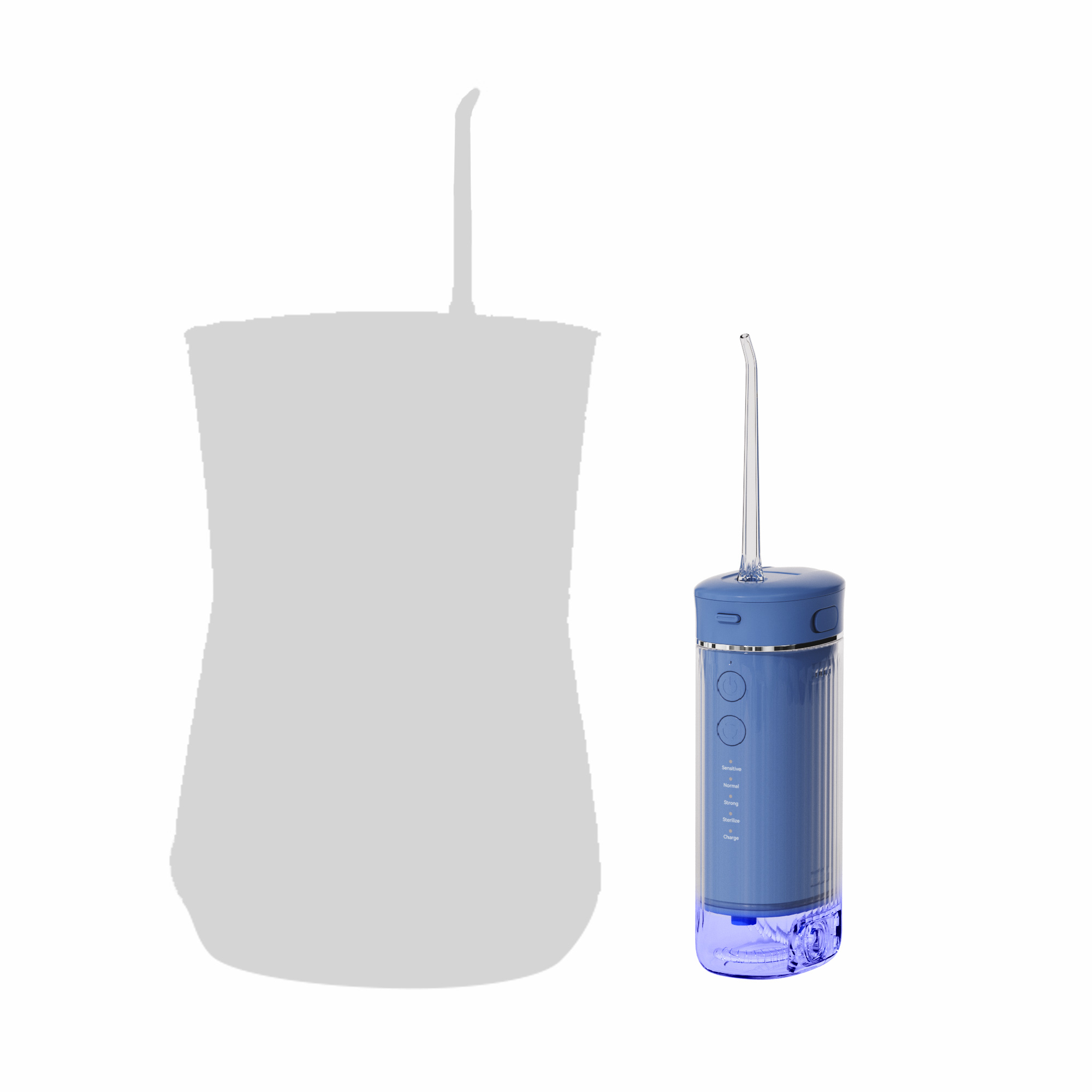
Space-Saving Oral Care: Compact Electric Toothbrush Designs
Tray Discomfort Triggering Mouth Ulcers – Coincidence?
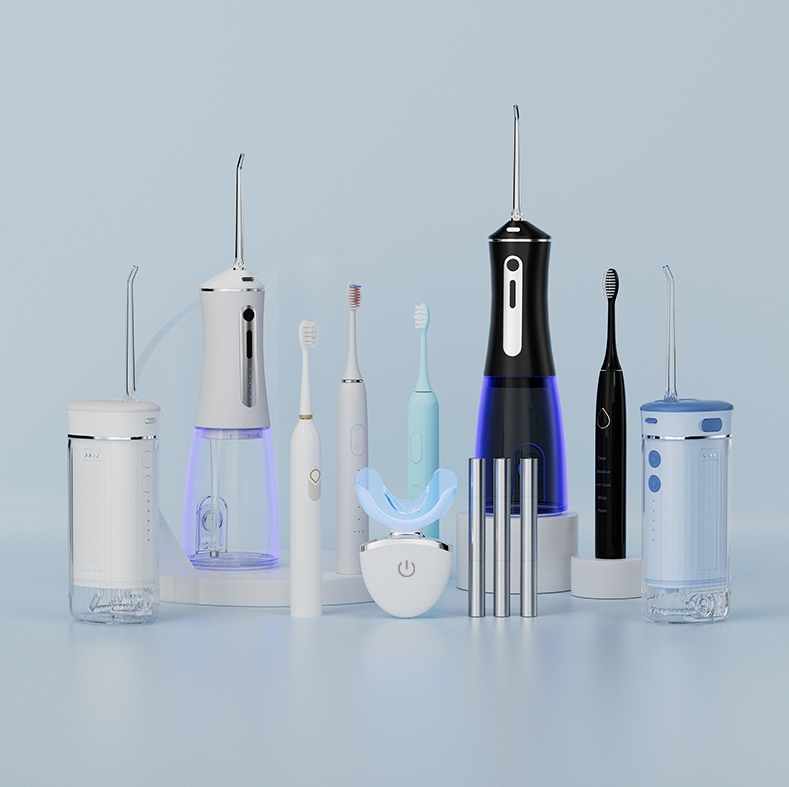
How Can Oral Care Brands Enhance User Confidence Through Product Upgrades and Expansion?

Electric Toothbrush + Water Flosser Combination: How Can Brand Owners Enhance Competitiveness Through This Bundle?
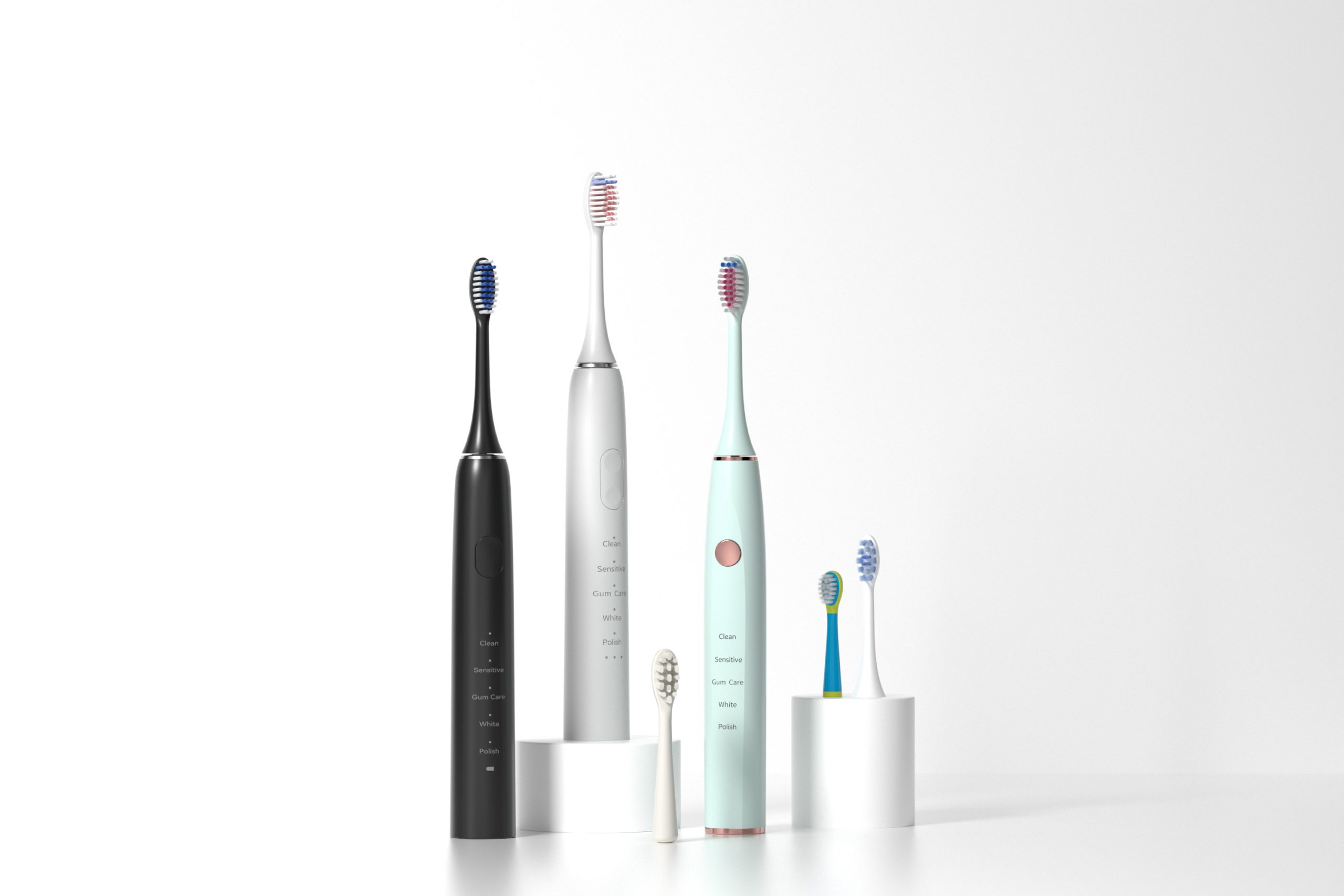
All-in-One Family Toothbrush Solution
.jpg)
Ultraviolet sterilizing oral irrigator: Becoming the New Market Favorite?
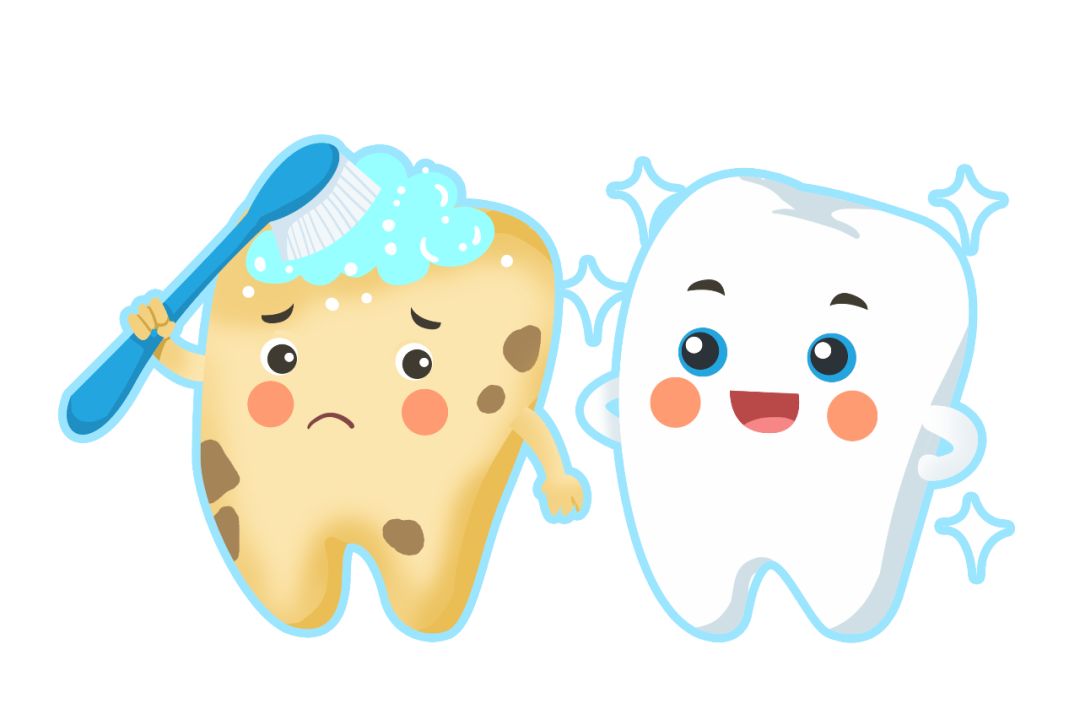
Best Electric Toothbrush for Baby Teeth Protection – OEM Services

Private Label Whitening Gel

electric toothbrush heads Regular Clean

electric toothbrush heads Deep Clean
.jpg)
Florida Electric Toothbrush – Powsmart PTR-C8

electric toothbrush heads Charcoal Infuse-Round

electric toothbrush heads Ultra Soft

Electric toothbrush heads Charcoal Infused-Diamond

Customization Teeth Whitening Gel
whstapp
whstapp
National Toll-Free Service Hotline
+86 755 86238638